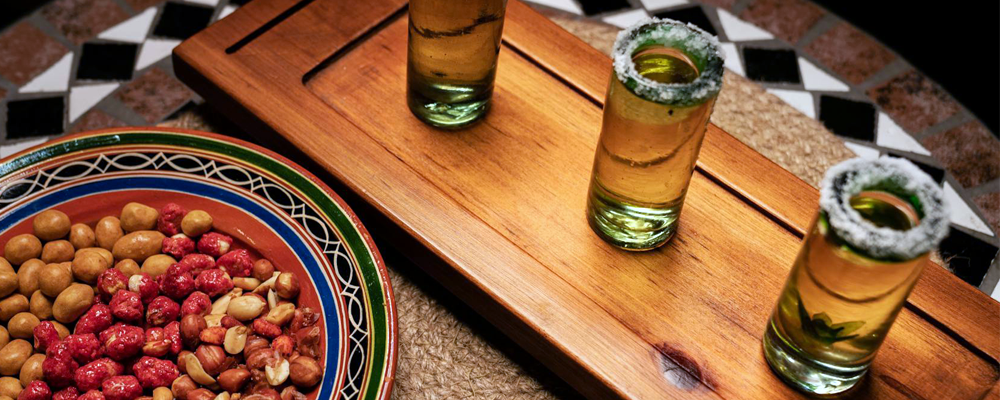
The International Tequila Day is celebrated on July 24. Here we tell you about the history and the place where the blue agave plant from which it is made is grown. This July 24, 2024 is International Tequila Day and here we tell you about this national drink that has conquered tastes around the world.
Tequila is made in a small region of western Mexico by distilling the fermented must obtained from the heart of a plant known as blue agave.
The heart of this plant, similar to a gigantic pineapple, is also called “mezcal”, which in Nahuatl can mean “The house of the Moon” or “Maguey near the house”.
In the 16th century, the Marquis of Altamira began to produce tequila in large quantities and also in the same period King Carlos IV gave permission to the Cuervo family to commercialize tequila. Since then, this drink has been part of the festivities and traditions.
Tequila is Cultural Heritage of Humanity
The UNESCO designation covers the towns of Tequila, Arenal and Amatitán in Jalisco, their dozens of distilleries (many of them pre-dating the 20th century), the nearby agave fields and also, a little south of the former region, the amazing archaeological zone of Los Guachimontones in Teuchitlán.
The importance of tequila in the economy and the denomination of origin
When speaking about the importance of tequila, the spiritual drink of Mexico, Dr. Luz María de la Mora, Undersecretary of Economy of the Mexican Government, pointed out that in terms of export value, Tequila is close to 2 billion dollars.
Let us remember that tequila is also an emblem that represents Mexico in the eyes of the world, since every traveler on the planet relates the precious liquid with our country, and perhaps this is also due to the fact that it has the denomination of origin and is protected by 52 countries in the world.



